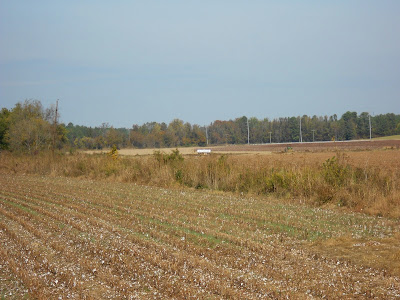 |
| Looks yummy |
“Exotic flavor! Great with alcoholic beverages and spiced
tea.”—Winifred Green Cheney, The Southern
Hospitality Cookbook (1976)
CATHERINE MOORE’S
POUND CAKE WITH LEMON GLAZE
Makes a 10 inch tube cake—18 to 20 servings
2 sticks (1 C) butter, softened
1 2/3 C sugar, sifted
5 large eggs, at room temperature
2 C flour, spooned into measuring cup
1 Tbsp ground mace
2 Tbsp vanilla extract
Lemon Glaze
Preheat oven to 300o. Cream together butter and
sugar, and add eggs one at a time, beating thoroughly after each addition. Sift
together flour and mace, and fold into creamed mixture. Add vanilla extract.
Spoon into a floured and buttered 10 inch tube pan, and bake 1 hour or until
cake tests done. Cool 10 minutes, remove from pan, and ice with Lemon Glaze
while cake is still hot.
LEMON GLAZE
½ stick butter
2/3 C sugar
1/3 C lemon juice
Warm all ingredients in a saucepan over medium heat until
sugar is dissolved. Pour over hot cake. Allow cake to cool before cutting.
~~
Recipe update. Allow glaze to cool slightly before pouring over cake. We scooped it up and piled it back on the cake.
~~
Recipe update. Allow glaze to cool slightly before pouring over cake. We scooped it up and piled it back on the cake.

























